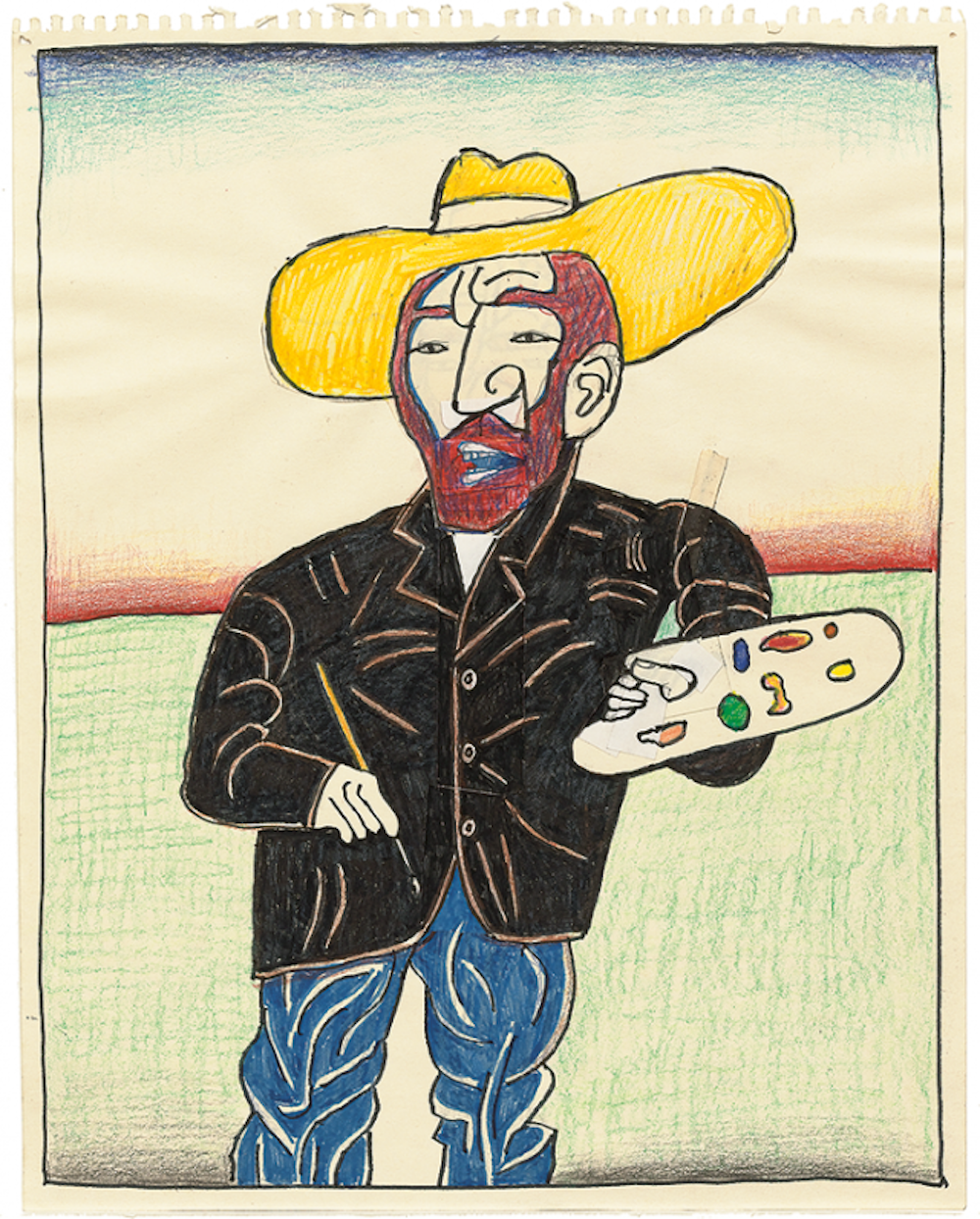In March, The Paris Review launched The Art of Distance, a newsletter highlighting unlocked archive pieces that resonate with the staff of the magazine, quarantine-appropriate writing on the Daily, resources from our peer organizations, and more. Read Emily Nemens’s introductory letter here, and find the latest unlocked archive pieces below.
“For many of us, the sudden shuttering of museums this spring was an upsetting jolt. Me, for one. Visual art has always been a part of my New York: my first job in the city was at the Metropolitan Museum of Art—the route from my basement office to my favorite Frankenthaler is still burned onto my eyelids. When MoMA opened after its renovation in 2019, I treated myself to a membership, which meant that when I found myself in Midtown I could weave through the crowds to look at one dear painting, or two, before heading on my way. And The Paris Review’s offices are in West Chelsea, New York’s premier gallery district, which meant my colleagues and I would often chat around the coffee maker about what we’d visited over lunch, installations coming in, and shows closing soon. My commute currently takes me past several bookshelves and a dog bed, but there hasn’t been a total vacuum of visual arts: over the summer we’ve seen art in the sky and on billboards, art in the mail and online. It’s been inspiring, yet I still miss the gallery view. Incrementally, museums here in New York are opening, with timed tickets and limited capacity. While some of us are queuing up, I know others, by dint of safety and geography, aren’t sure when they’ll be able to visit museums again. In anticipation of returning to museums and galleries—or, in some cases, as a substitute for it—this week we offer selections that remind us of those big white cubes and the art therein.” —Emily Nemens, Editor
In John Tranter’s epic poem “Rain,” we meet a memorable, troubled artist whose work sounds like it would fit well into an abstract expressionist gallery. Here’s how Tranter describes the artist’s work:
… He painted
big canvases, twelve feet across,
red, black and purple zigzags,
then he’d blacken them with a blowtorch—
trying to face up to the Americans,
he said …
In The Art of Fiction No. 235, Percival Everett, who maintains a painting practice alongside his writing, recalls his first encounter with Jackson Pollock: “But the experience of understanding that you cannot take the entire work in at once, yet that there are places you can enter—I still hold onto that.”
A few seasons ago, we published correspondence between Helen Frankenthaler and James Schuyler; the friends found inspiration in each other. Schuyler’s unpublished poem “Torcello” describes their run-in at the Venice Biennale; other lines of the poem are lifted straight from postcards Frankenthaler sent him.
The poet Stanley Kunitz was married to a painter, and he loved the energy painters brought into his life. They even influenced his process, as he explains in The Art of Poetry No. 29: “My painter-friends—among them Kline and De Kooning and Rothko and Guston and Motherwell—were enacting an art of gesture to which I responded. When I insist on poetry as a kind of action, I’m thinking very much in these terms—every achieved metaphor in a poem is a gesture of sorts, the equivalent of the slashing of a stroke on canvas.”
And of course there are the art portfolios. It’s hard to pick any as favorites, but I do like this pair: an early feature of Alberto Giacometti’s drawings coupled with a portrait of him by Saul Steinberg, whose 2010 feature “Portraits and Landscapes” includes a drawing of “a dear friend.”
Sign up here to receive a fresh installment of The Art of Distance in your inbox every Monday.
from The Paris Review https://ift.tt/33wCQbe

Comments
Post a Comment